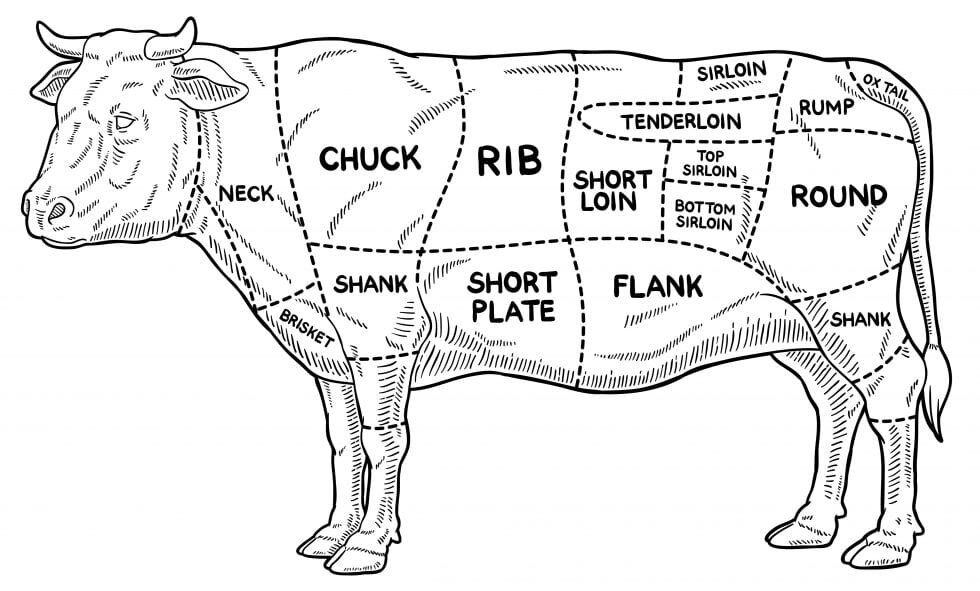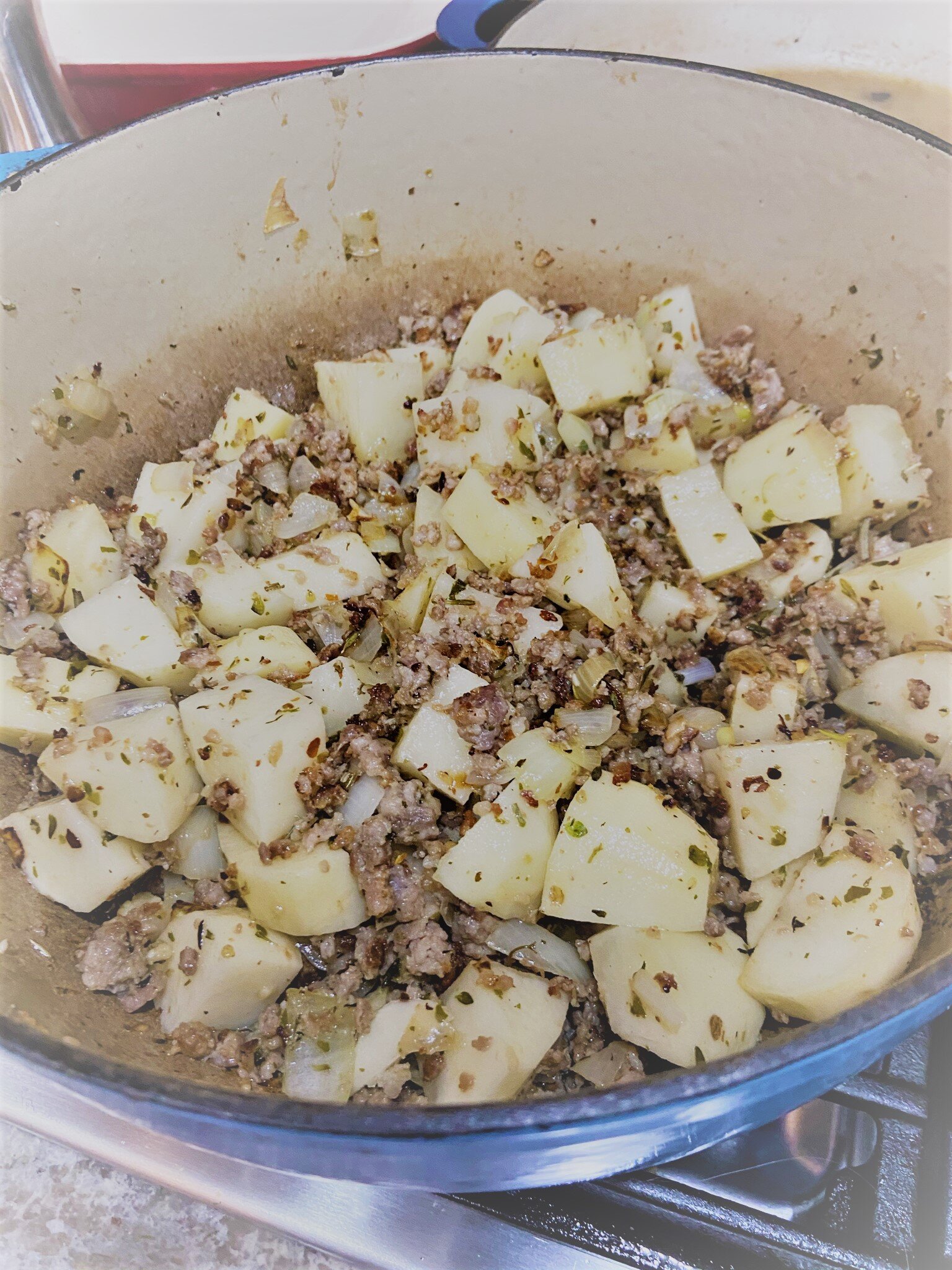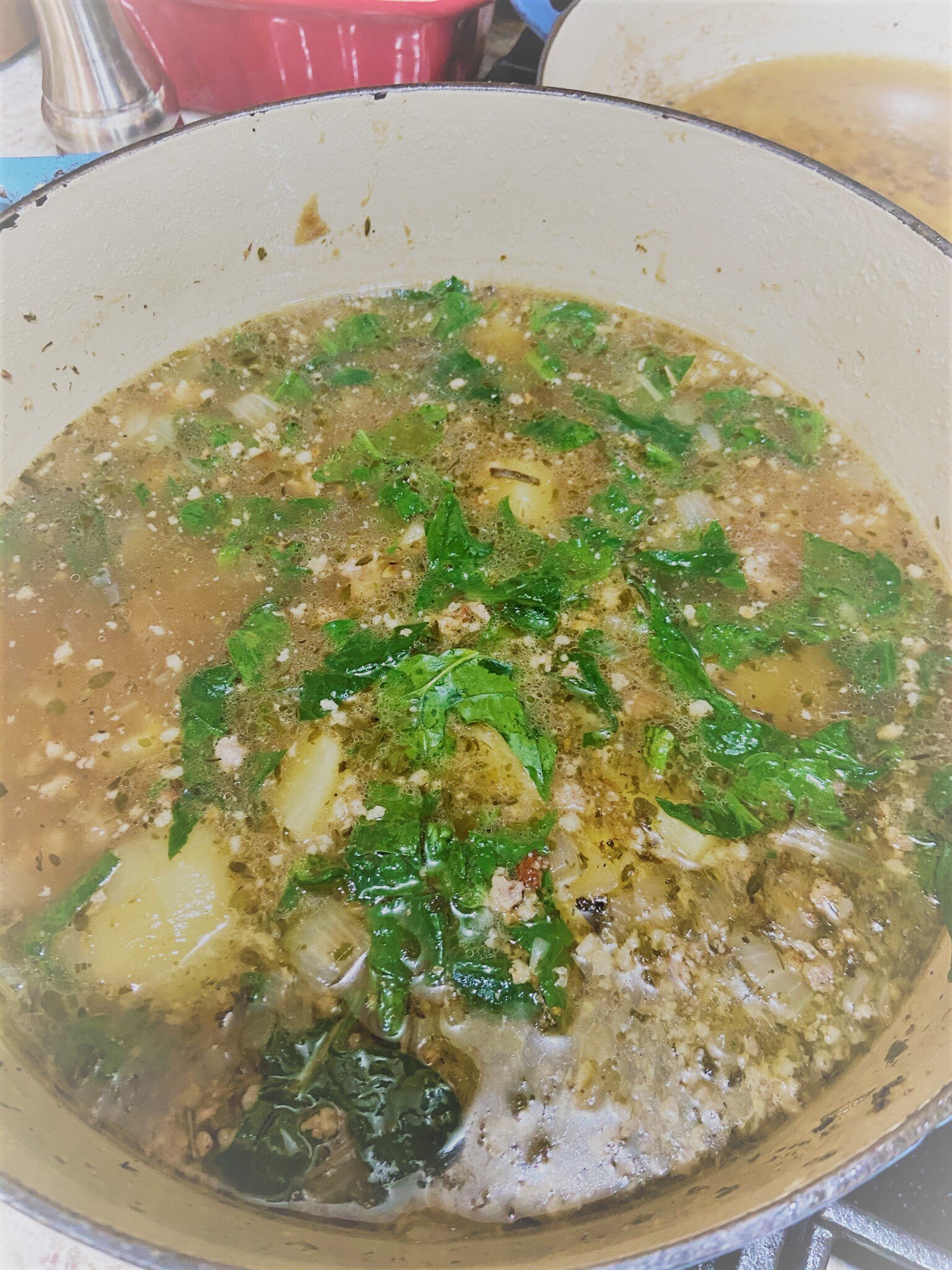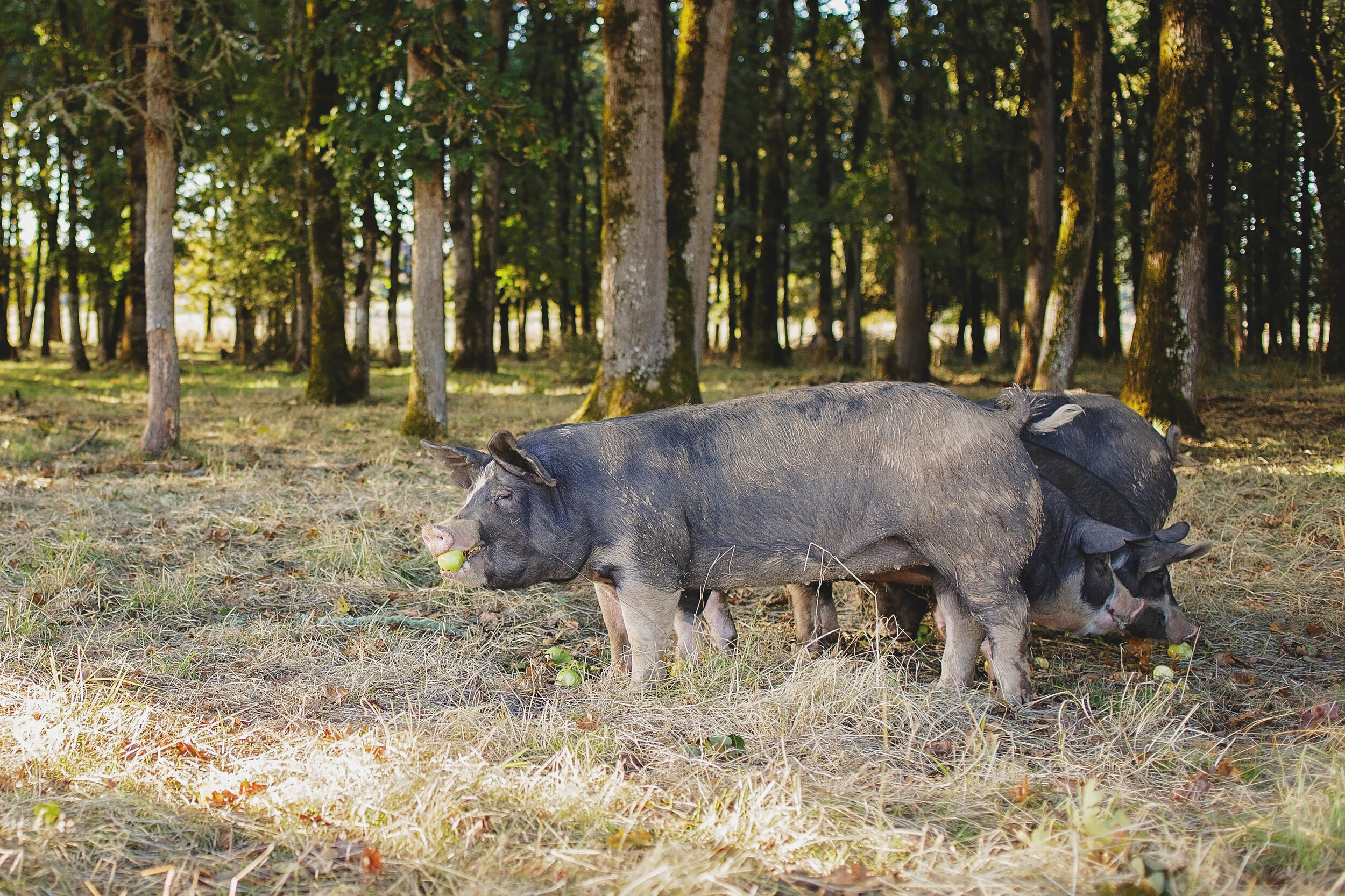Often times when you are getting ready to buy in bulk with a half, quarter or eighth beef the question comes up “what is the hanging weight, and why is it different than what I take home?”
It’s easy to get confused about the difference between hanging weight and packaged weight, so I thought I would clear that up.
When we sell in bulk the measurement we use to calculate cost is hanging weight, but there are actually 3 types of weights to be aware of: live weight, hanging weight and packaged weight.
Live Weight is how much the cow, pig or lamb weighs when it’s alive, on the hoof. Similar to how we weight ourselves, it’s pretty straight forward.
Hanging Weight is a weight the butcher gives us after the animal has been killed, blood drained, head, hide, feet, entrails & organs removed. The hanging weight is usually about 60% of the live weight. So if a cow weighs 1000 lbs live weight its hanging weight will be 600 lbs. A half share would be 300 lbs, a quarter would be 150 lbs and an eighth would be 75 lbs (approximately). This is also the weight the butcher uses to charge us for cutting/wrapping fees. When you buy in bulk we cover all the standard butchering fees in the you pay us. The hanging weight is the most consistent way to measure the carcass before getting into customizing the cuts.
Packaged Weight or sometimes referred to as Final Weight or Take Home Weight is how much you, the customer, take home after it has been packaged. This is usually 60-65% of the hanging weight. The loss comes from 2 places: `water loss and bone loss. Water loss occurs during the dry aging process where the beef is allowed to hang for 10-14 days to tenderize. The second place you might loose weight is from cutting the meat off the bones. So the more boneless cuts the customer requests the less the packaged weight will be. It’s important to point out that lower weight doesn’t mean you are receiving less meat, but rather than you are receiving fewer bones. If you request marrow or knuckle bones for making broth you retain some of this weight.
This is a guide to go by, but always an approximation. The weights vary between individual animals and butchering style. While we try to use the same butcher to stay consistent, we occasionally use other butchers who offer a variety of cuts and more timely butchering appointments.
Hopefully this information was helpful if you’re considering buying a beef share. As always, reach out if you have any questions!


















